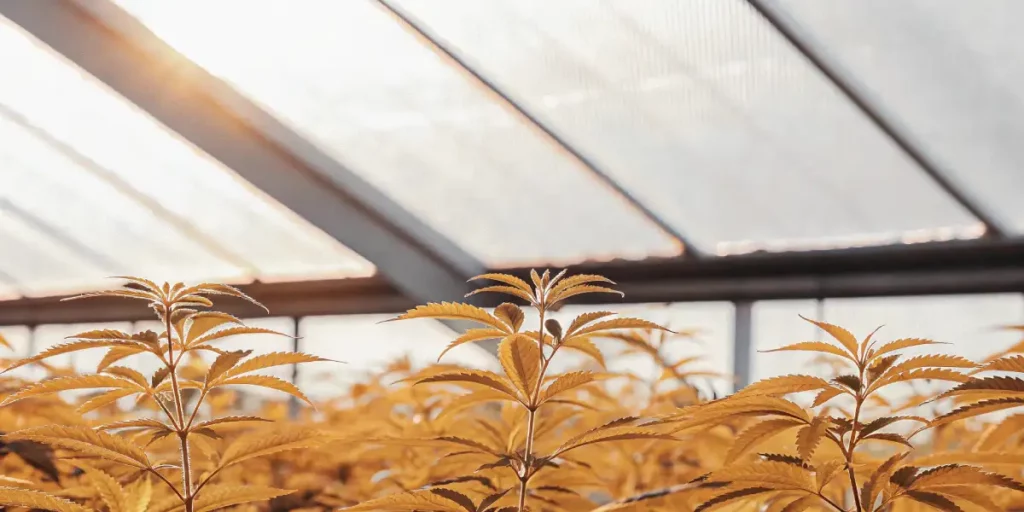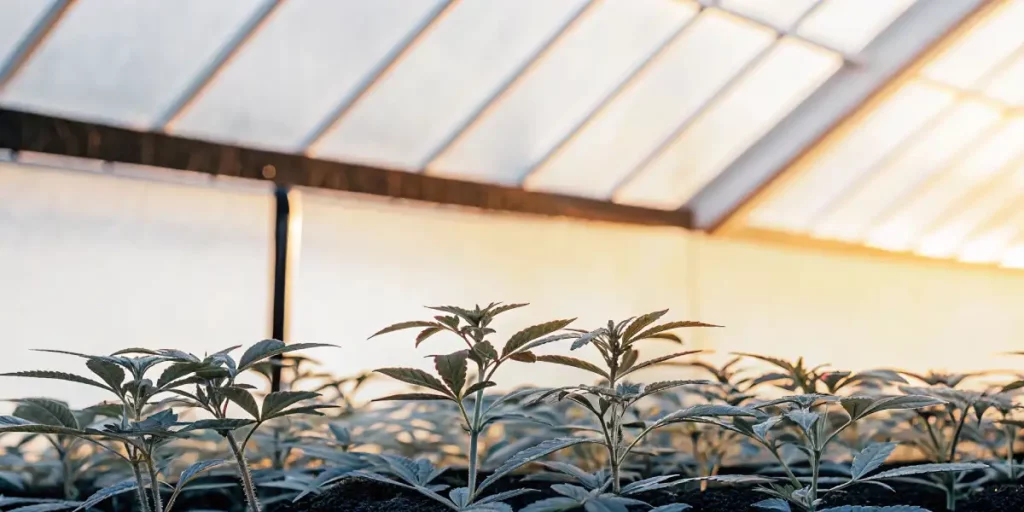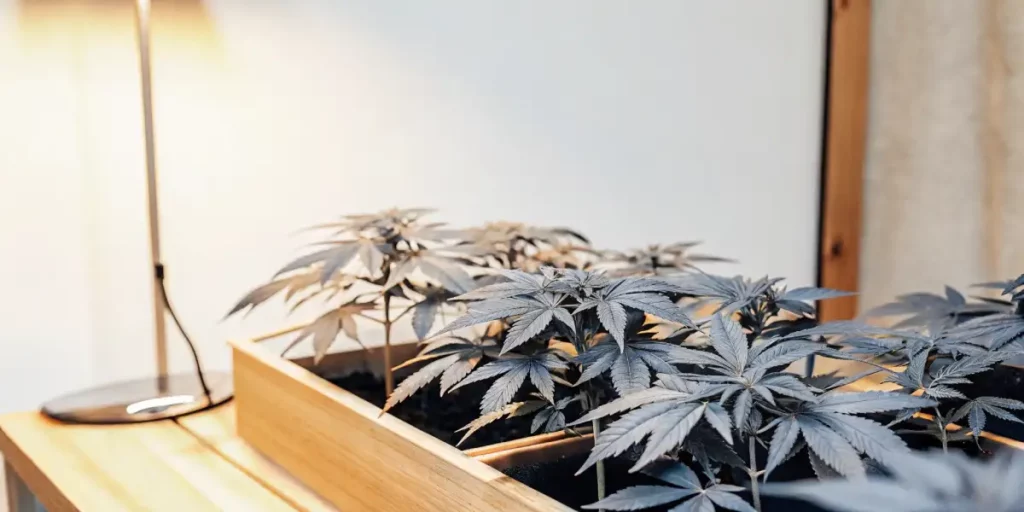Autoflower clones can be a game changer for those interested in a quicker, more reliable harvest. Unlike photoperiod plants, autoflowers switch from vegetative growth to flowering without changes in light cycles. This unique trait, however, makes cloning them slightly more challenging. But don’t fret; with the right techniques, you can successfully clone autoflowers.
When cloning autoflowering cannabis plants, timing is crucial. Due to their predetermined life cycle, it’s essential to take cuttings early. This ensures that the clone has enough time to root and grow before the flowering stage kicks in. Use sharp, sterilized scissors to minimize stress on the plant.
One popular method is to start with a healthy mother plant. Select a strain like Amnesia Haze Auto from Global Green Genetics. This strain is known for its resilience and can be a great candidate for cloning. Remember, the healthier the mother, the higher the success rate of your clones.
Essential Techniques for Cloning Autoflowering Cannabis Plants
Autoflower clone techniques require a bit of finesse. Start by preparing your cloning medium. You can use rock wool cubes or peat pods. These provide a stable environment for the roots to develop. Soak them in water with a mild nutrient solution before use.
After prepping your medium, gently insert your cuttings. Ensure that the nodes are submerged in the medium. This promotes root growth. Cover the clones with a humidity dome to retain moisture. This step is vital, as clones require a humid environment to thrive.
It’s important to understand that autoflower clones are on a tight schedule. The quicker you can establish roots, the better. Using proven autoflower clone techniques, such as maintaining a balance of humidity and warmth, will significantly increase your success rate. Consistency is key, so monitor the environment closely.
Another crucial aspect when cloning autoflowering cannabis plants is ensuring that the cuttings receive the right amount of light. Too much can stress them, while too little can stunt growth. Ideally, indirect lighting should be used until the clones are robust enough to handle more direct exposure. This careful balance will aid in achieving a thriving clone.
- Use rooting hormones to boost success rates.
- Maintain a temperature between 70-75°F for optimal growth.
- Provide indirect light to encourage rooting.
Best Practices for Autoflower Clones
Maintaining a consistent environment is key. Autoflower clones are sensitive to fluctuations, so keep temperatures stable. Regularly mist the clones to maintain humidity. If done right, roots should appear within 7-10 days.
Once roots have developed, gradually expose your clones to more light. This transition helps them adapt to their new environment. If you’re growing strains like Northern Lights Auto from Global Green Genetics, remember they flourish with gradual light increases.
Implementing best practices for successful propagation involves not just environmental control but also keen observation. Regularly inspect your plants for any signs of stress, such as yellowing leaves or drooping. Addressing these issues early can prevent larger problems down the line and improve your overall success rate.
Besides to environmental stability, using quality nutrients can make a significant difference. A balanced nutrient solution will support healthy growth and robust root systems. This ensures that your clones are well-prepared to transition through the autoflower clone growth stages seamlessly.

Navigating the Growth Stages of Autoflower Clones
Knowing the growth stages is essential for nurturing your clones. Initially, the focus is on root development. During this time, keep the humidity high and light exposure moderate.
Once the roots are established, the vegetative stage begins. This is when your clones will start to grow leaves and branches. Strains like Blueberry Auto from Global Green Genetics have vibrant growth during this phase, making them a favorite among growers.
The vegetative stage in autoflower clone growth stages is critical as it sets the foundation for the rest of the plant’s life cycle. During this time, provide ample nutrients to support leaf and branch development. As the plant grows, gradually increase the light intensity to encourage further vegetative growth.
As your autoflower clones transition into the flowering stage, it’s important to adjust your care routine. Ensure that your plants have the necessary nutrients to support bud development, focusing on elements like phosphorus and potassium. This will help maximize the yield and potency of your final product.
- Provide balanced nutrients to support growth.
- Gradually reduce humidity as plants mature.
- Increase light intensity to boost photosynthesis.
Autoflower Clone Growth Stages Explained
The flowering stage is when your clones will begin to show their true potential. Flowers will start to form, and the plant will focus its energy on bud development. This stage is crucial; ensure your plants receive adequate nutrients to support this growth.
Monitor the trichomes closely. This will help you determine the best time to harvest. For strains like Auto Amnesia Haze, a mix of cloudy and amber trichomes indicates peak potency.
During the flowering stage of autoflower clone growth stages, focus on maintaining optimal nutrient levels. A deficiency at this stage can negatively impact bud growth and overall plant health. Regularly check your plants for signs of nutrient deficiencies, such as leaf discoloration or stunted growth.
As the buds develop, environmental control remains important. Keep the humidity lower to prevent mold and mildew, and maintain stable temperatures. This careful monitoring can ensure that your autoflower clones reach their full potential, providing you with a bountiful harvest.
Finally, as your plants mature, prepare for harvest. Timing is key to maximizing yield and potency. With practice, you’ll learn to read your plants and make the most of your grow.

FAQs on Autoflower Clones
Can you clone autoflowering cannabis plants?
Yes, it’s possible to clone autoflowering cannabis plants, but it requires specific techniques. Autoflowers have a fixed life cycle, which can limit the time clones have to root and grow. To improve your chances of success, take cuttings early and ensure the mother plant is healthy.
Using rooting hormones can boost the success rate of autoflower clones. It’s also essential to maintain a stable environment with consistent humidity and temperature. While it can be challenging, with patience and practice, you can successfully clone autoflowers.
Cloning autoflowering cannabis plants successfully demands attention to detail. The right balance of nutrients, light, and environmental conditions will significantly influence your success rate. Each step, from selecting the mother plant to acclimating the clones to their new environment, plays a crucial role.
Moreover, the genetic consistency of these plants can vary more than photoperiod clones. This means that even with the best practices, some variability in growth and development is possible. Embrace these challenges as part of the learning process, and refine your techniques over time.
What are the best practices for autoflower clones?
Best practices for autoflower clones include using a healthy mother plant, taking cuttings early, and maintaining a humid environment. It’s also important to use a suitable medium like rock wool or peat pods. These provide a stable base for the roots to develop.
Gradually introduce clones to more light as they root and grow. Monitor them closely for signs of stress and address any issues promptly. With these practices, you can increase the success rate of your clones.
Another best practice involves the use of a consistent light schedule. While autoflowers are less dependent on light cycles, maintaining a regular schedule helps reduce stress and supports healthy development. This is especially important in the initial stages after rooting.
Additionally, consider the strain-specific needs of your clones. Different autoflower strains may have unique requirements for optimal growth. Researching and knowing these needs can give your clones the best chance of thriving throughout their lifecycle.
How do autoflower clone growth stages differ from photoperiod plants?
Autoflower clone growth stages differ mainly in their independence from light cycles. They automatically transition from vegetative to flowering stages based on age rather than light exposure. This can make them more predictable in terms of harvest times.
With autoflowers, the vegetative stage is shorter. This means clones need to be taken early to allow enough time for root and vegetative growth before flowering begins. Knowing these stages helps optimize growth and yields.
One of the most significant differences is the accelerated timeline of autoflower clones compared to photoperiod plants. This necessitates a more proactive approach to feeding and environmental management to ensure they have everything needed to thrive within their compressed lifecycle.
Despite this accelerated growth, these plants can be more forgiving in terms of light exposure. Their ability to flower under almost any light condition allows growers to focus more on other aspects of plant care, such as nutrient management and pest control, rather than light manipulation.
What factors affect the success rate of autoflower clones?
Several factors affect the success rate of autoflower clones. The health of the mother plant is crucial, as is the timing of taking cuttings. Use of rooting hormones and maintaining a stable, humid environment can also significantly impact success rates.
Additionally, monitoring and adjusting environmental conditions like temperature and light exposure can enhance the success rate. With careful attention to these factors, you can improve your cloning outcomes.
Genetics also play a pivotal role in the success rate of cannabis cloning. Some strains are naturally more resilient and adaptable, making them better suited for the process. Selecting strains with robust genetics can lead to a higher success rate in your cloning endeavors.
Furthermore, the tools and techniques used during the cloning process, such as sterilized equipment and precise cutting angles, can directly influence the outcome. Ensuring that every step of the process is executed with care will help you achieve the best possible results.
Which autoflower strains are best for cloning?
Some autoflower strains are more suitable for cloning due to their resilience and growth characteristics. Amnesia Haze Auto, Northern Lights Automatic and Blueberry Auto from Global Green Genetics are excellent choices. They are known for their robust growth and ability to thrive under various conditions.
Choosing the right strain can make a significant difference in the success of your cloning efforts. Consider these strains for a rewarding cultivation experience.
Each of these strains possesses unique traits that make them ideal candidates for cloning. For instance, Auto Blueberry is prized for its dense foliage and rapid growth, while Auto Northern Lights is known for its ability to withstand environmental stressors. These characteristics can contribute to a higher success rate of autoflower clones.
When selecting a strain, consider not only its growth performance but also the flavor and potency of its buds. Strains like Auto Amnesia Haze offer a well-rounded experience both in cultivation and consumption, making them a popular choice among growers and users alike.

